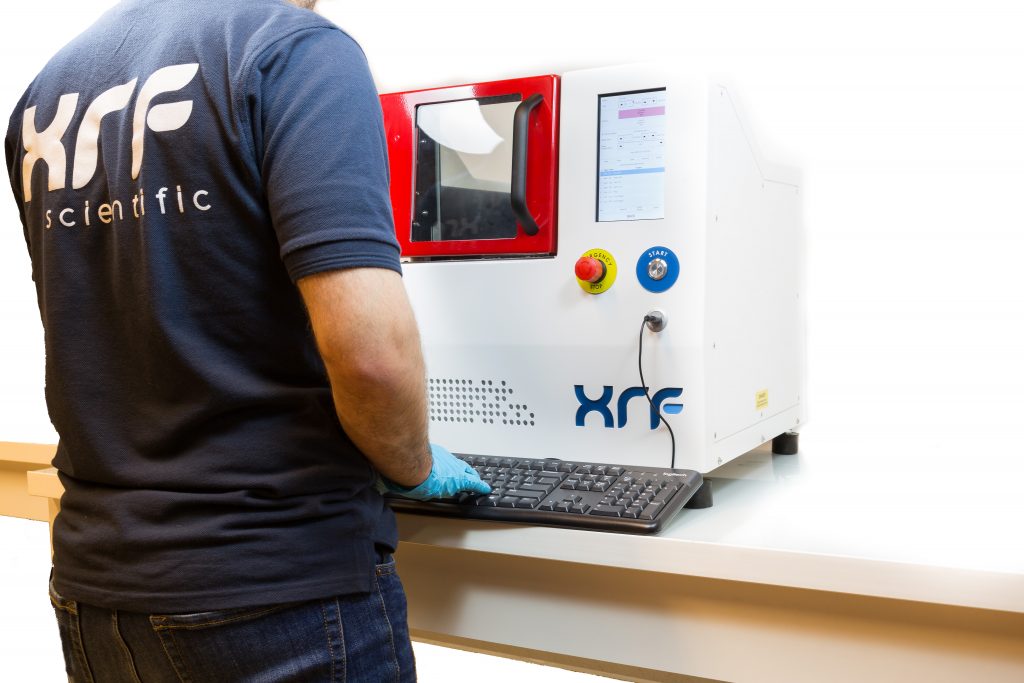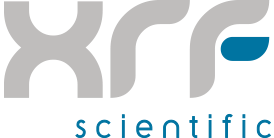Using Lithium Tetraborate to Fuse Alkaline Earth Metals
Alkaline earth metals are the six chemical elements that are in group two of the periodic table. The elements consist of beryllium (Be), magnesium (Mg), calcium (Ca), strontium (Sr), barium (Ba), and radium (Ra).
All of these metals (apart from radium) and their compounds are used in commercial applications. Both magnesium and calcium occur frequently in nature and are a significant part of many geological and biological processes.
Fusion is the name given to chemical attacks on solid samples to convert them into compounds that are transformed into a solution easily. These compounds are a transitional step between the initial sample and the solution that is employed later in any analytical process.
Benefit of Using Lithium Tetraborate for Fusion
Lithium tetraborate is an acidic flux that is usually employed for higher concentrations of basic oxide samples or samples that contain large proportions of limestone and is suited to alkaline samples.
Most fusion processes produce a product that is a combination of many compounds which possess a common property, they are all soluble in a given solvent. These processes are standard chemical reactions with crystalline products.
Although a borate fusion, using fluxes such as lithium tetraborate, is also a chemical reaction, its characteristics are different. When under high temperature, the flux melts and becomes a solvent for many oxide compounds, forming one homogenous solution. This solution does not crystallize when cooled, yielding an amorphous, homogenous solid which is ideal for XRF work.

Overview of the Procedure for Preparing Fused Beads for XRF Analysis
The general procedure for using lithium tetraborate to fuse alkaline earth metals to create beds is taking a sample which is either undried, dried at 100, 105, or 110°C and sometimes roasted at ~1000 °C additionally or instead. This sample is weighed with flux into a Pt crucible and if required it is pretreated. Following this, it is melted, mixed, and cast into a Pt mold, and cooled to produce a stable glass bead.
Lithium tetraborate is a flux that is frequently used in XRF analysis. It is barely hygroscopic and transparent to light element X-rays, however, it does often crystallize. It is highly suitable for alkaline earth materials as they begin to break down prior to the flux melting. This means that CO2 is able to easily escape and there is less gas likely to be trapped within the flux mixture, decreasing the chance of foaming and loss of material.
Lithium Tetraborate Flux from XRF Scientific
Starting from the raw material, our flux offers a unique opportunity for the modern laboratory to gain quality that enables elemental analysis without a large amount of background interference. Our range of products offers a wide choice spanning the numerous ratios of Lithium Tetraborate in both granular and beaded form. If you would like to find out more, contact us today.









